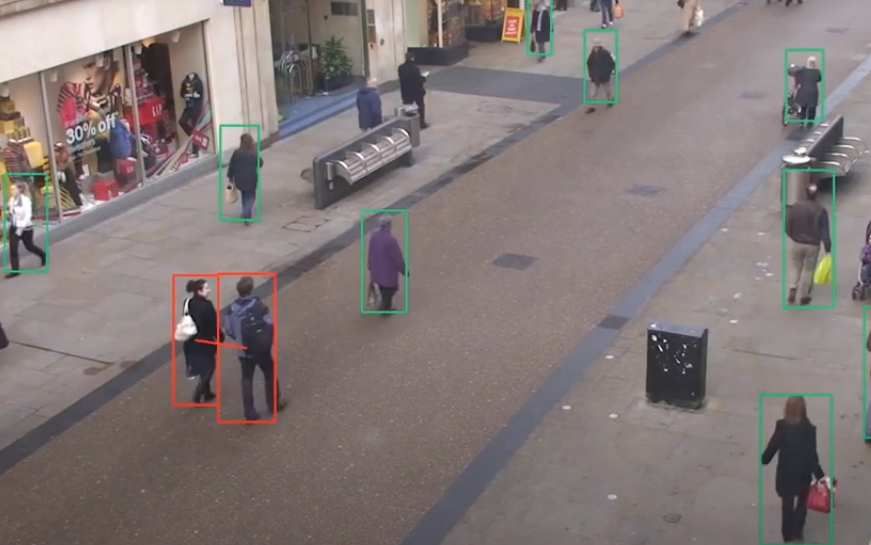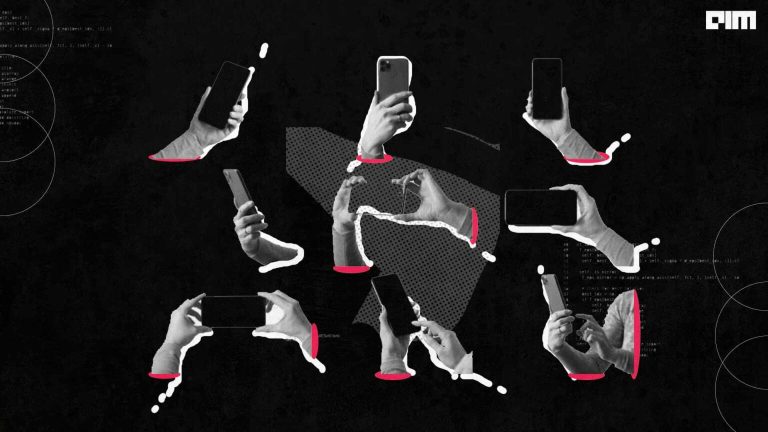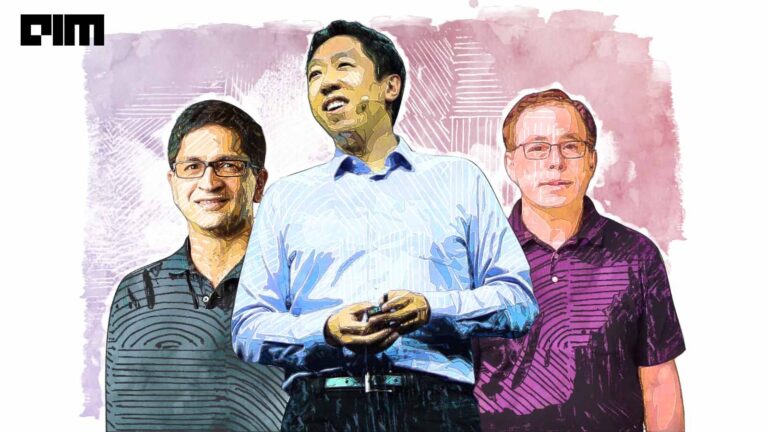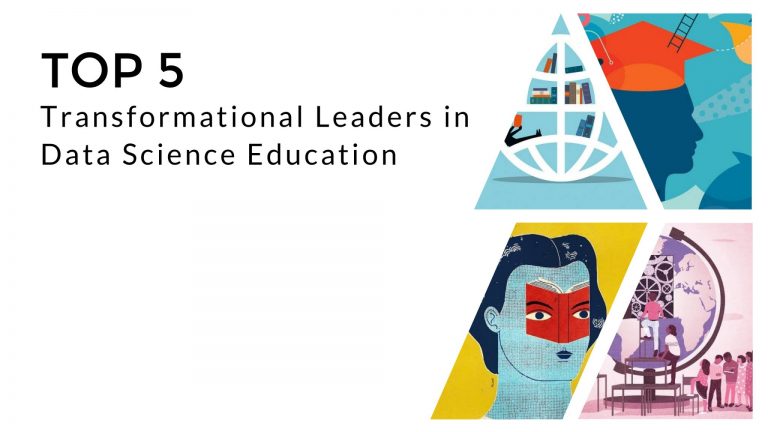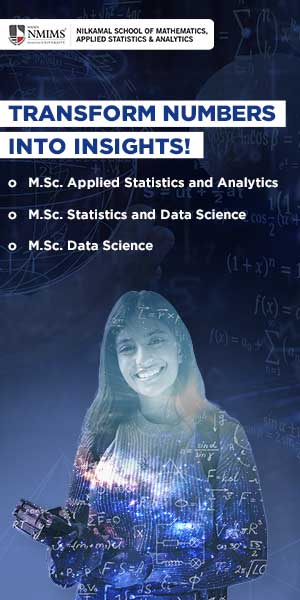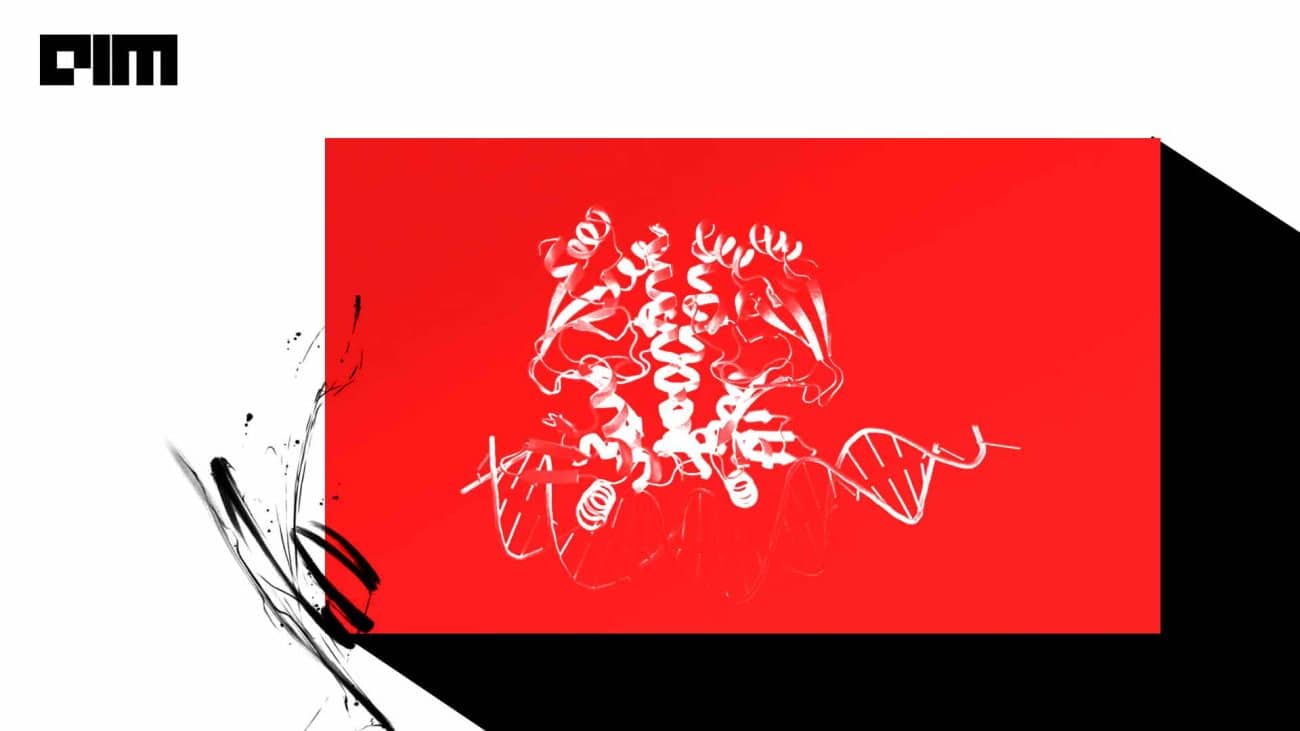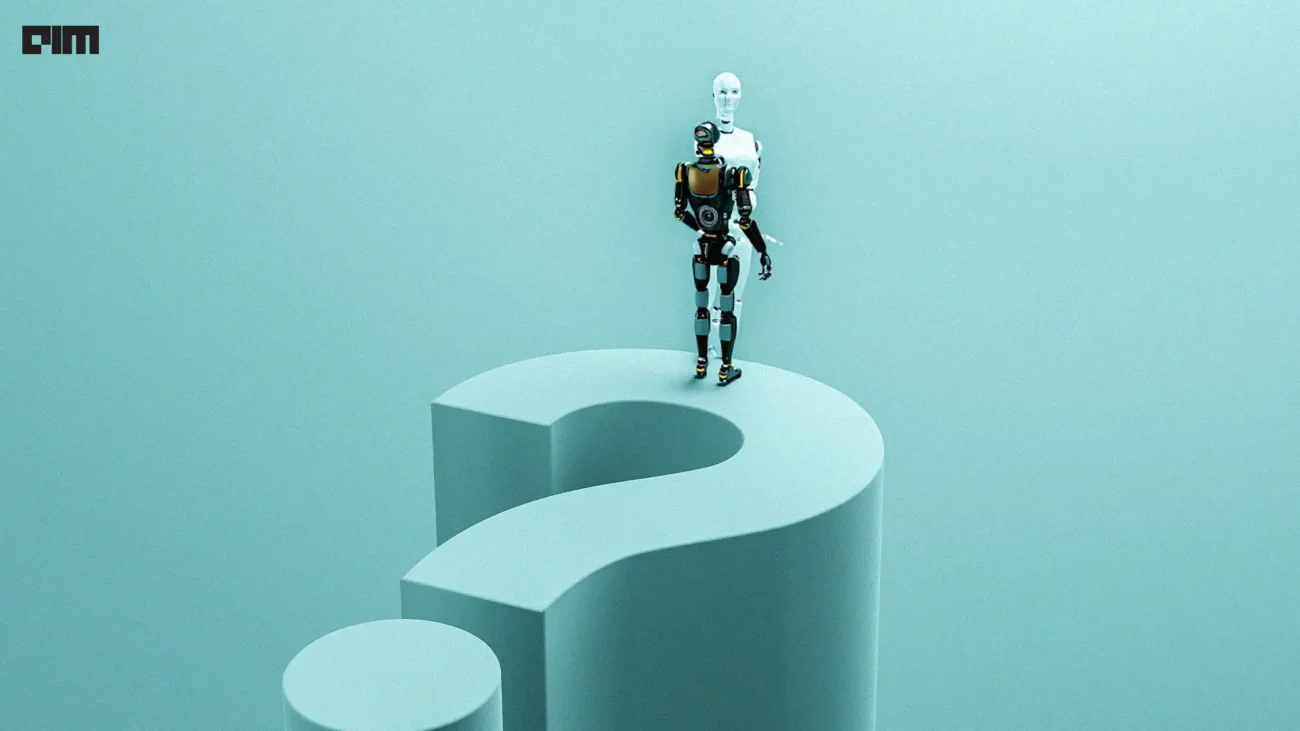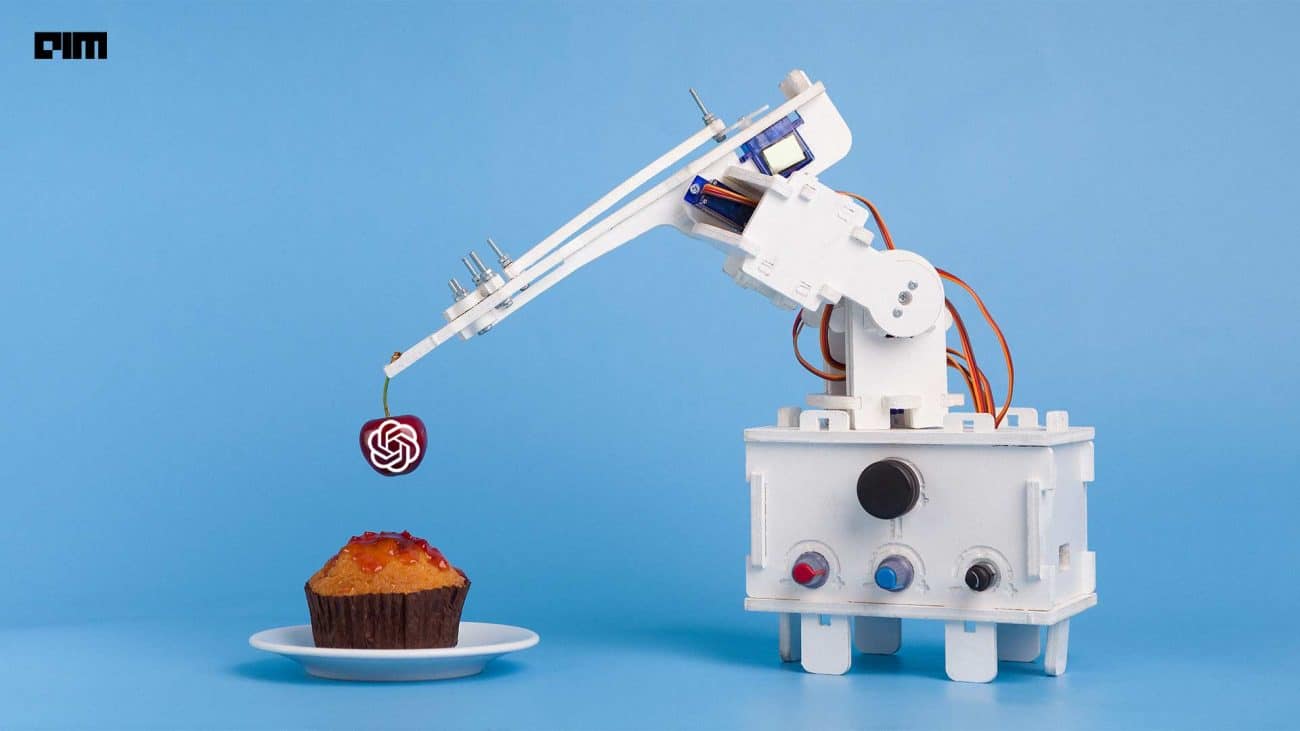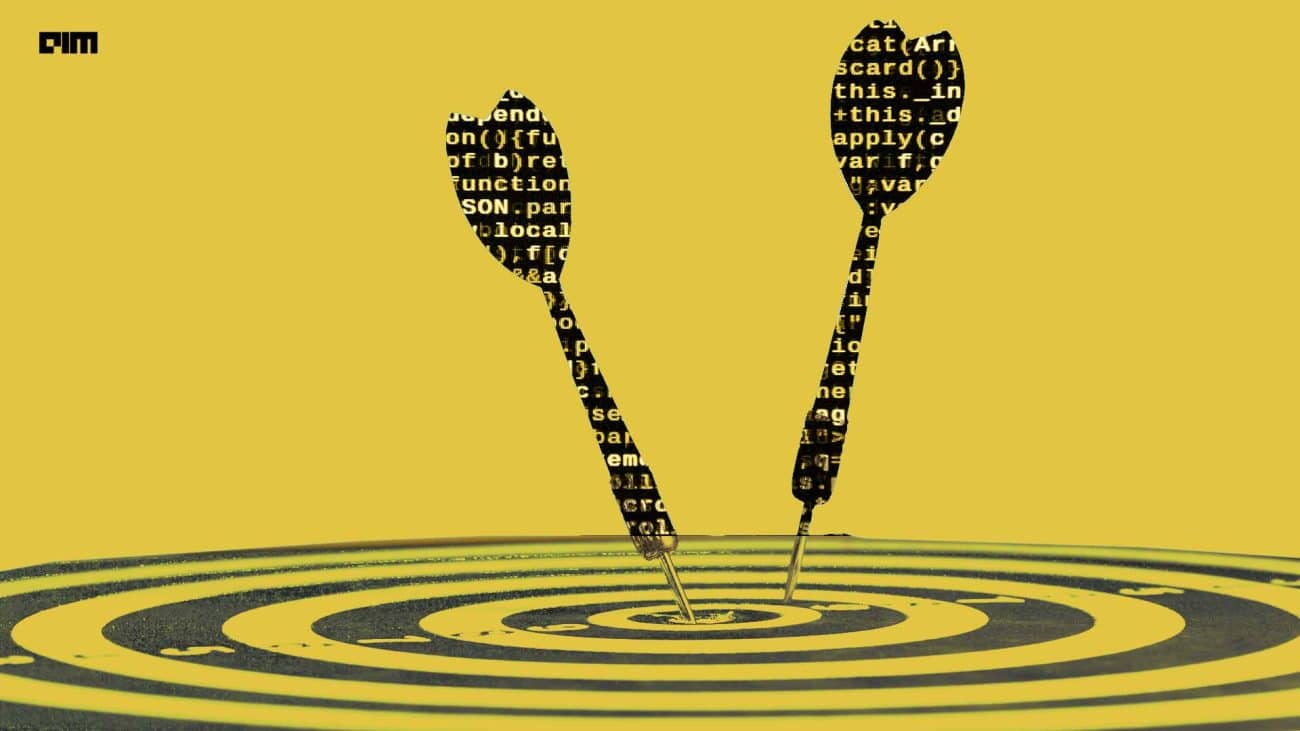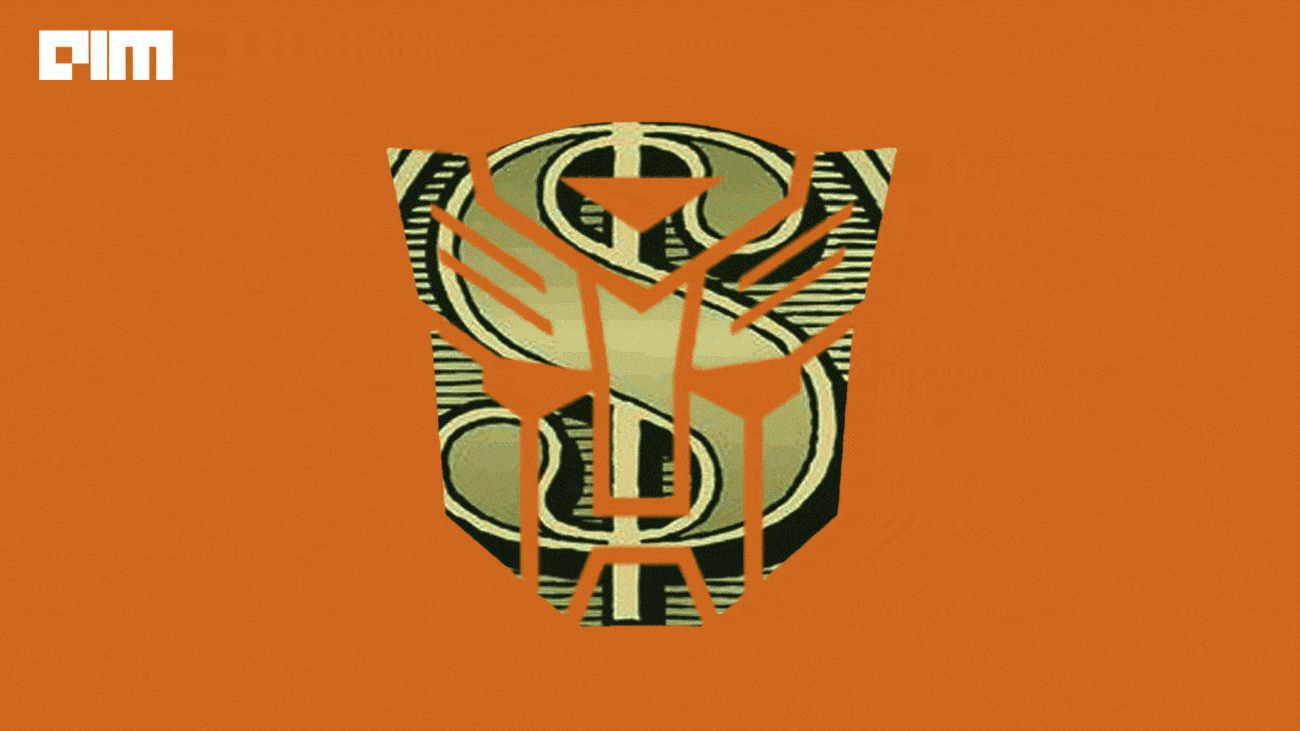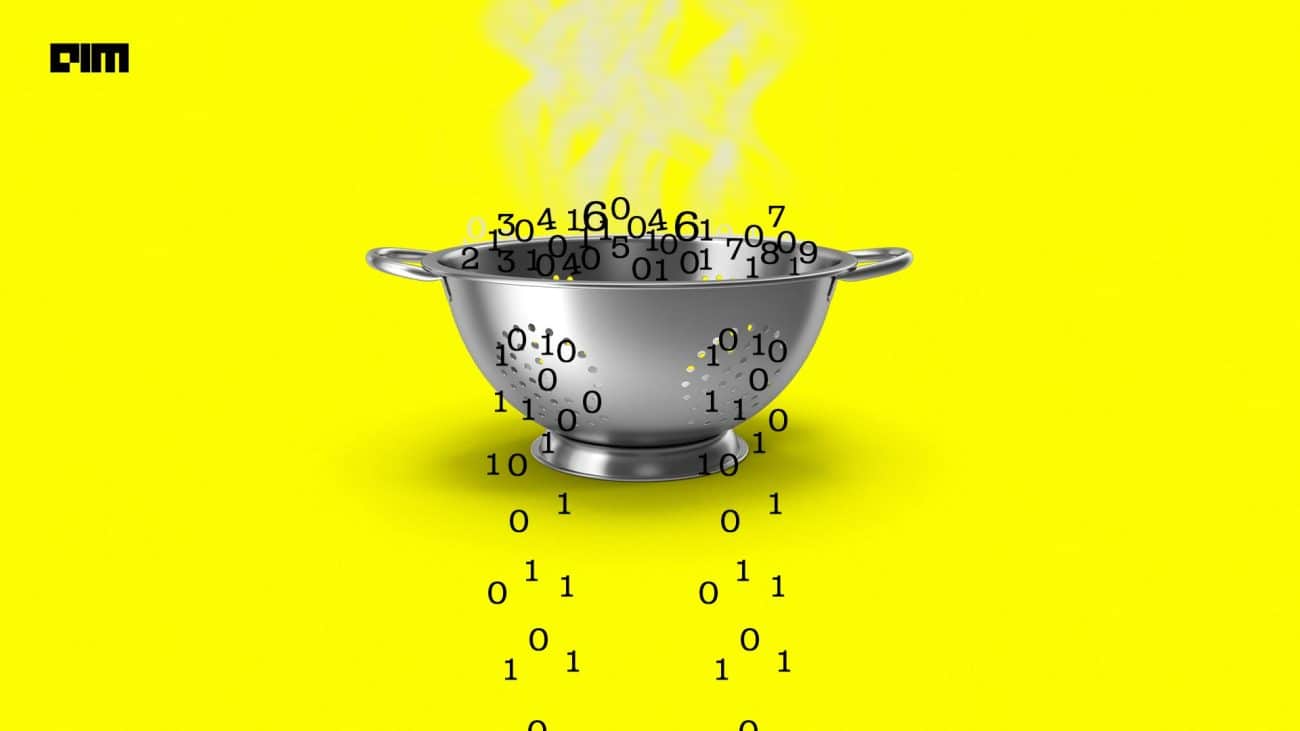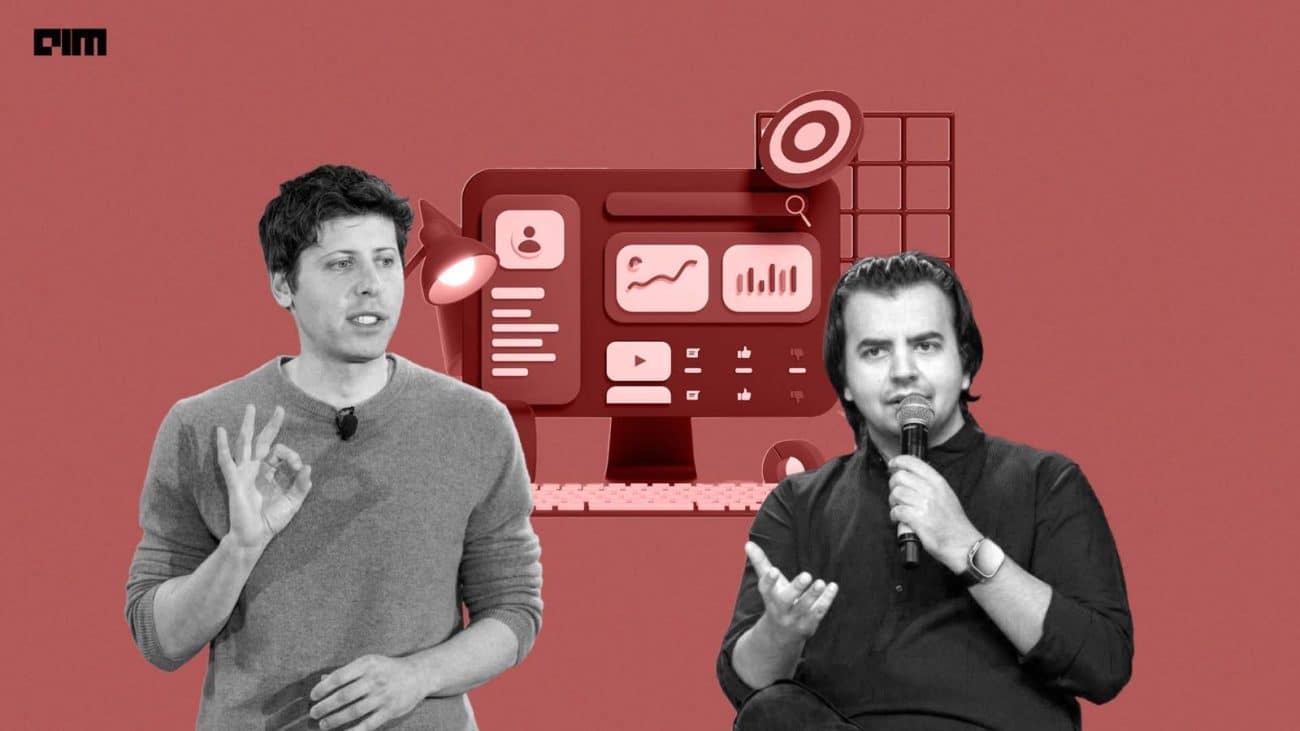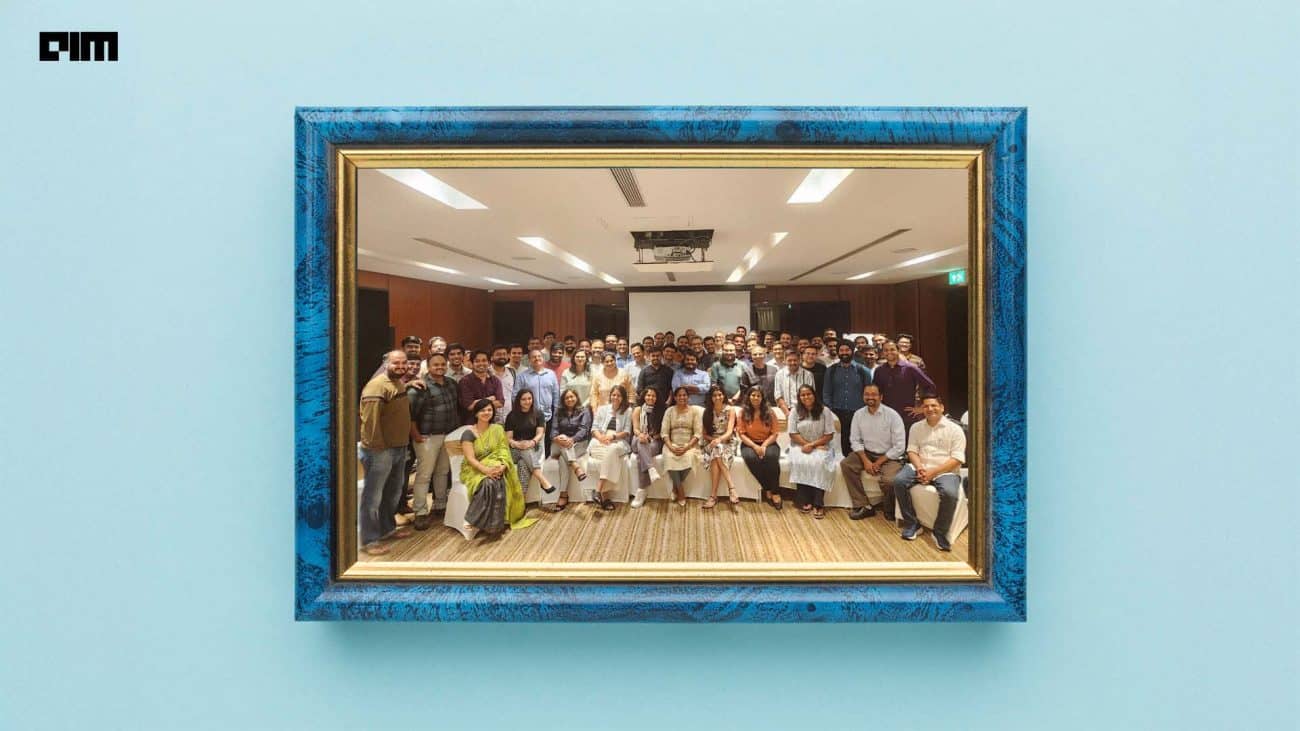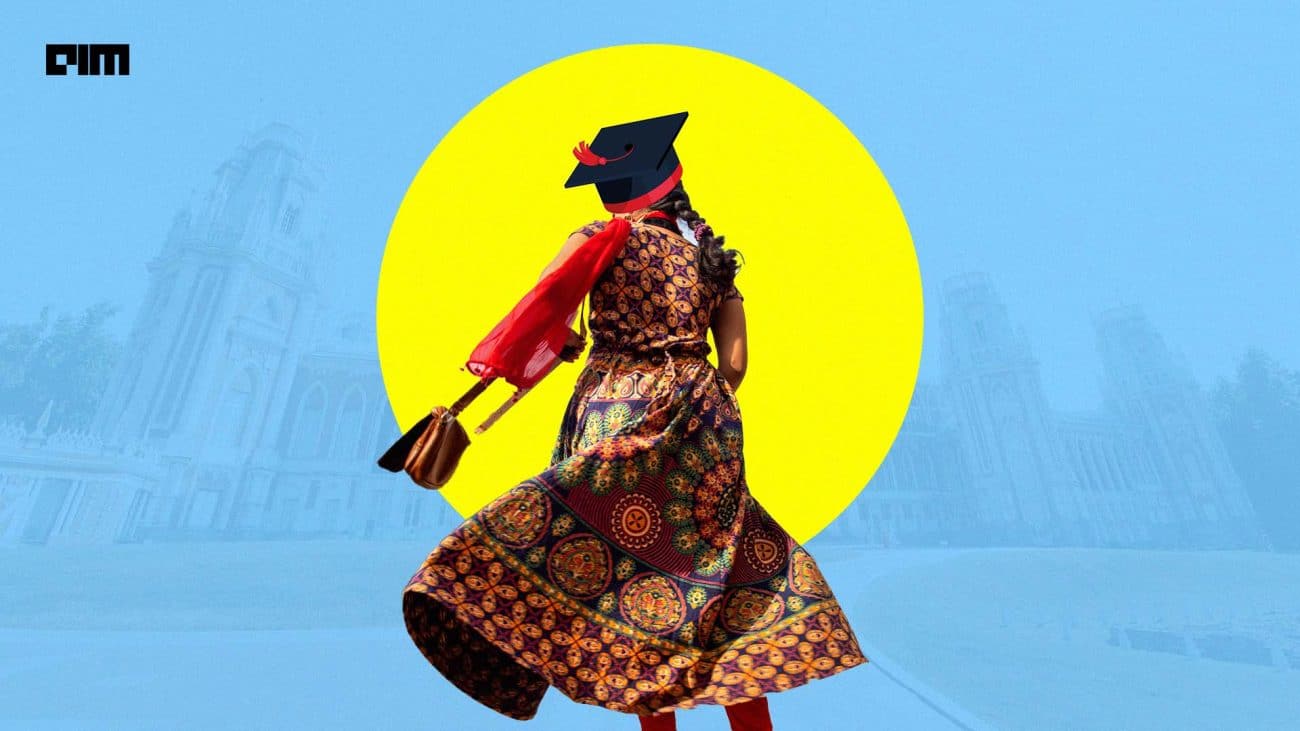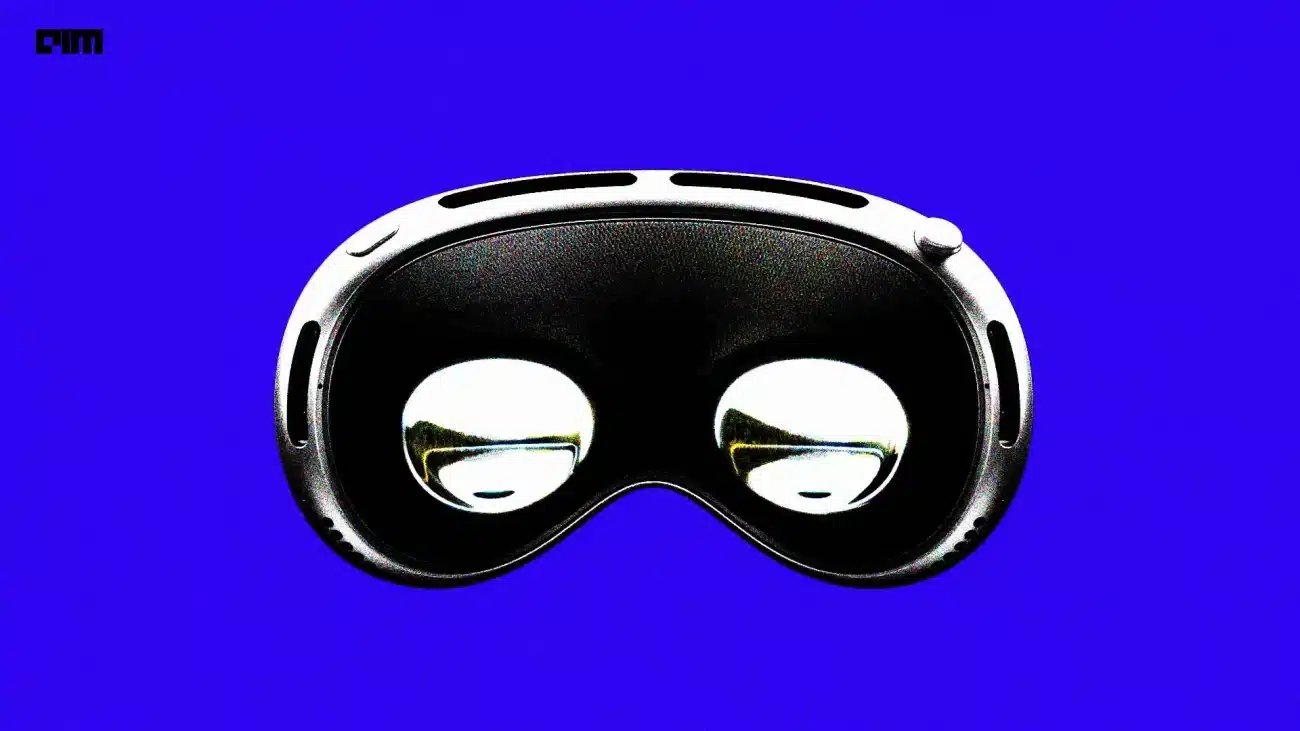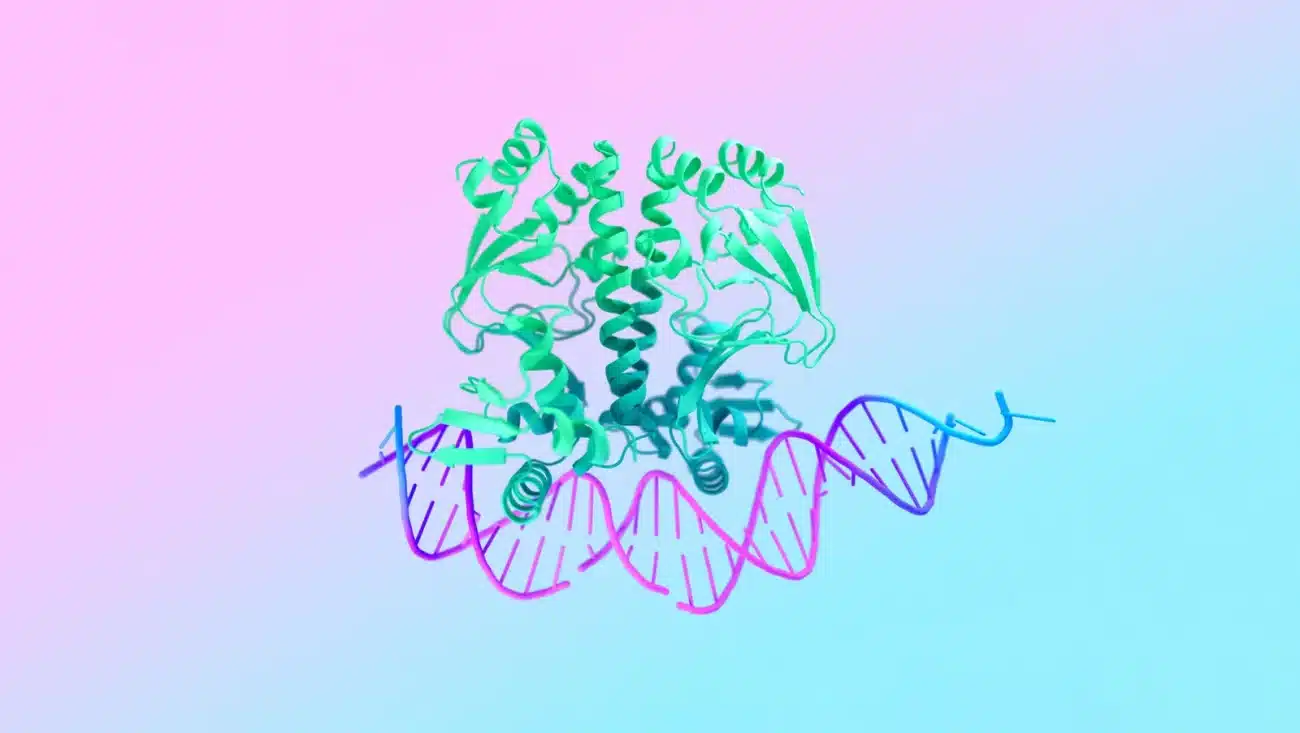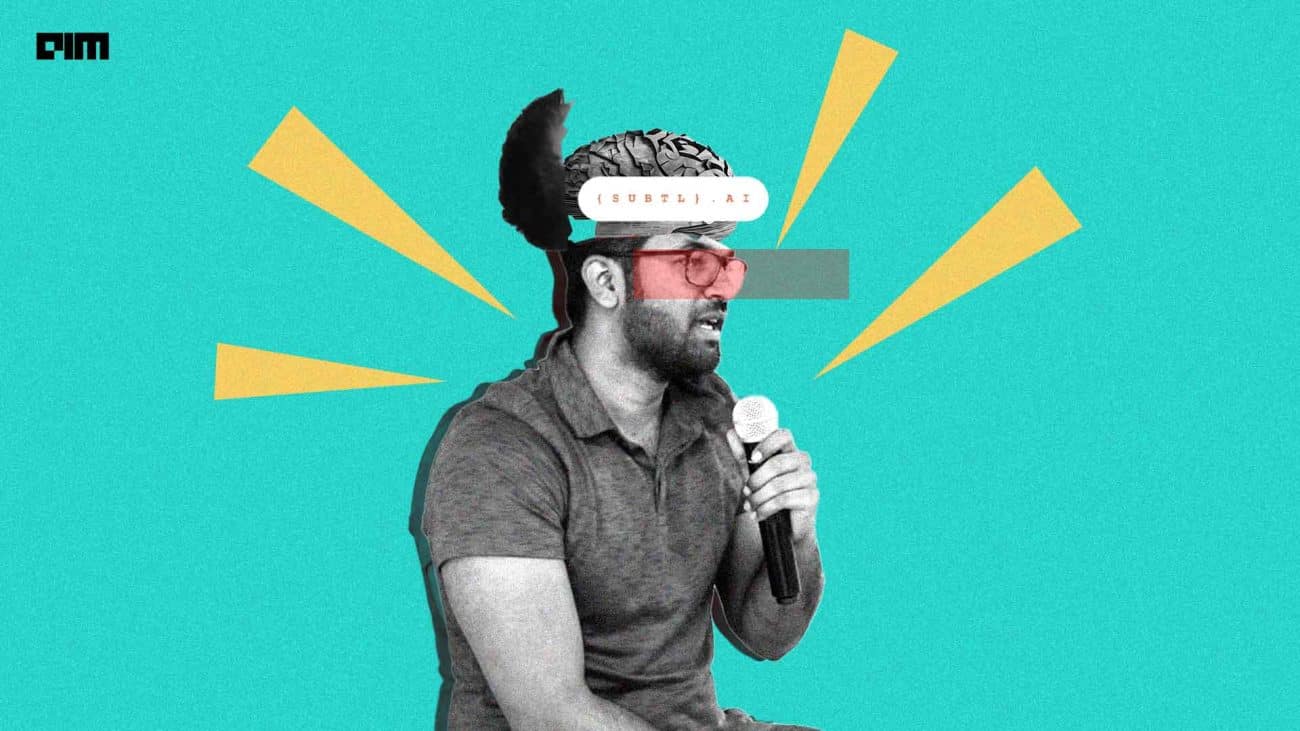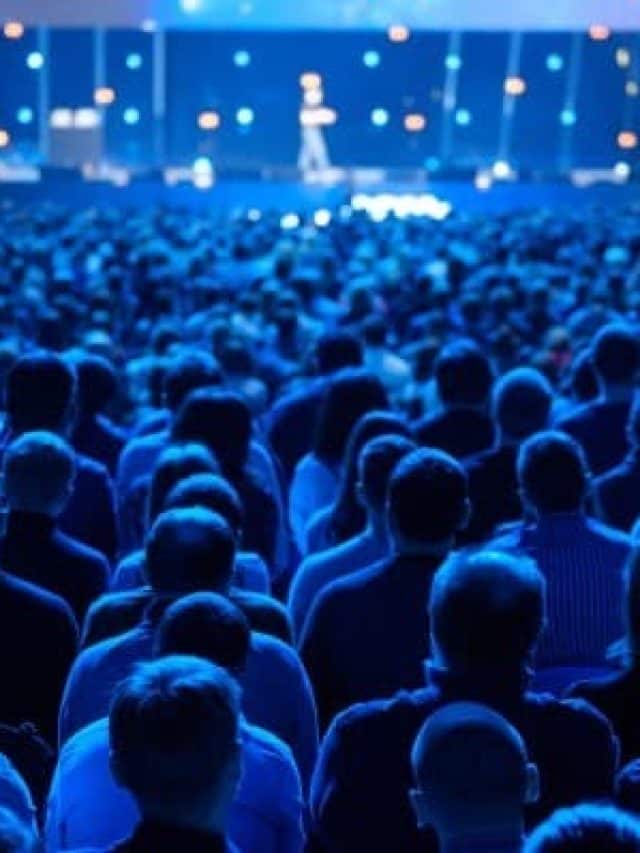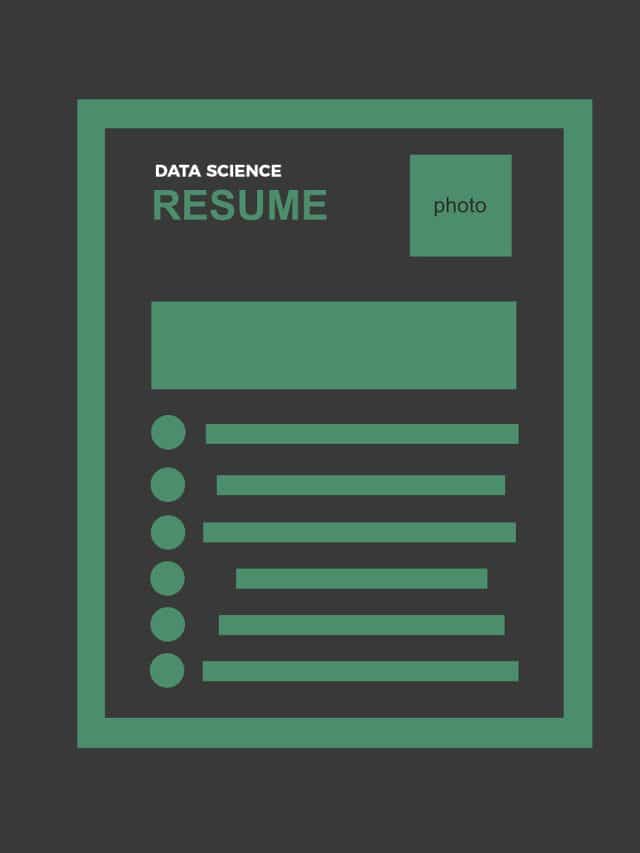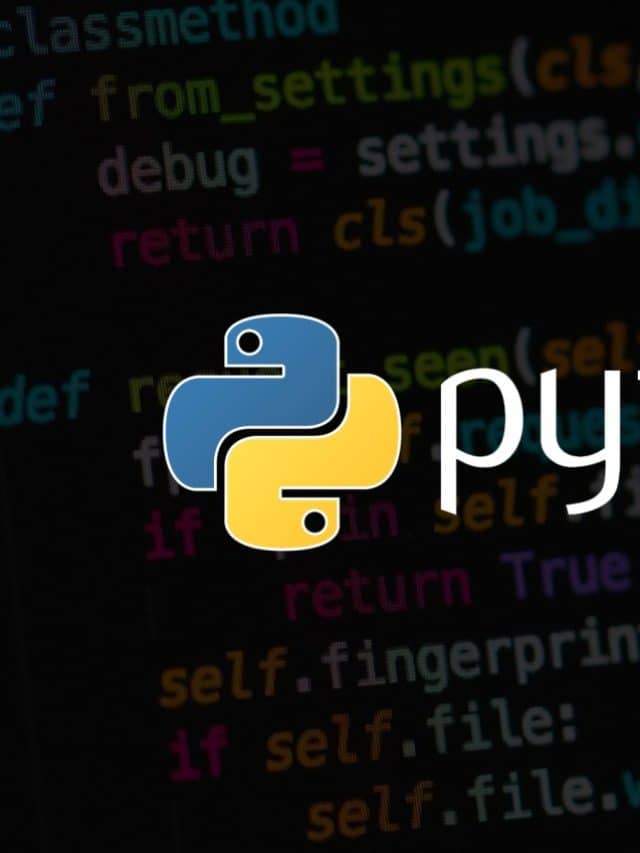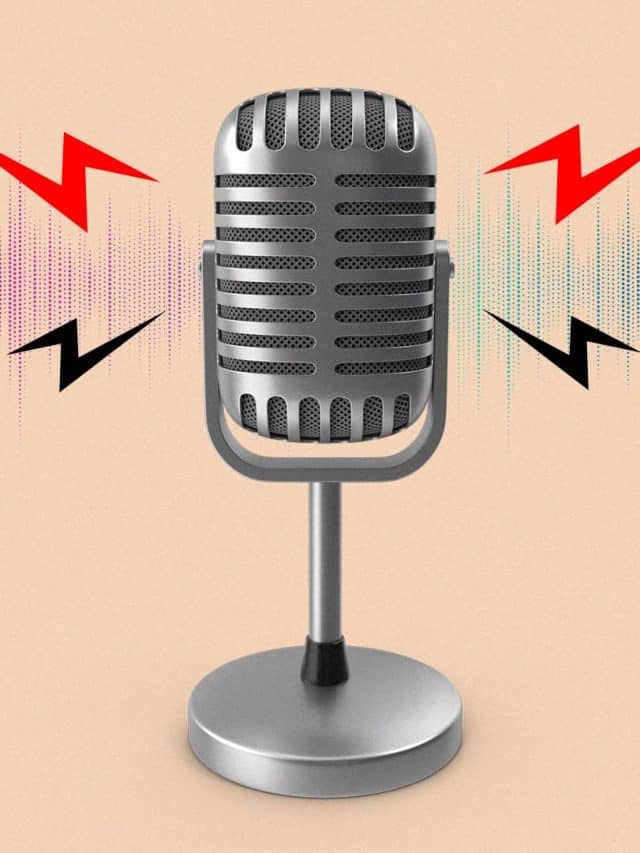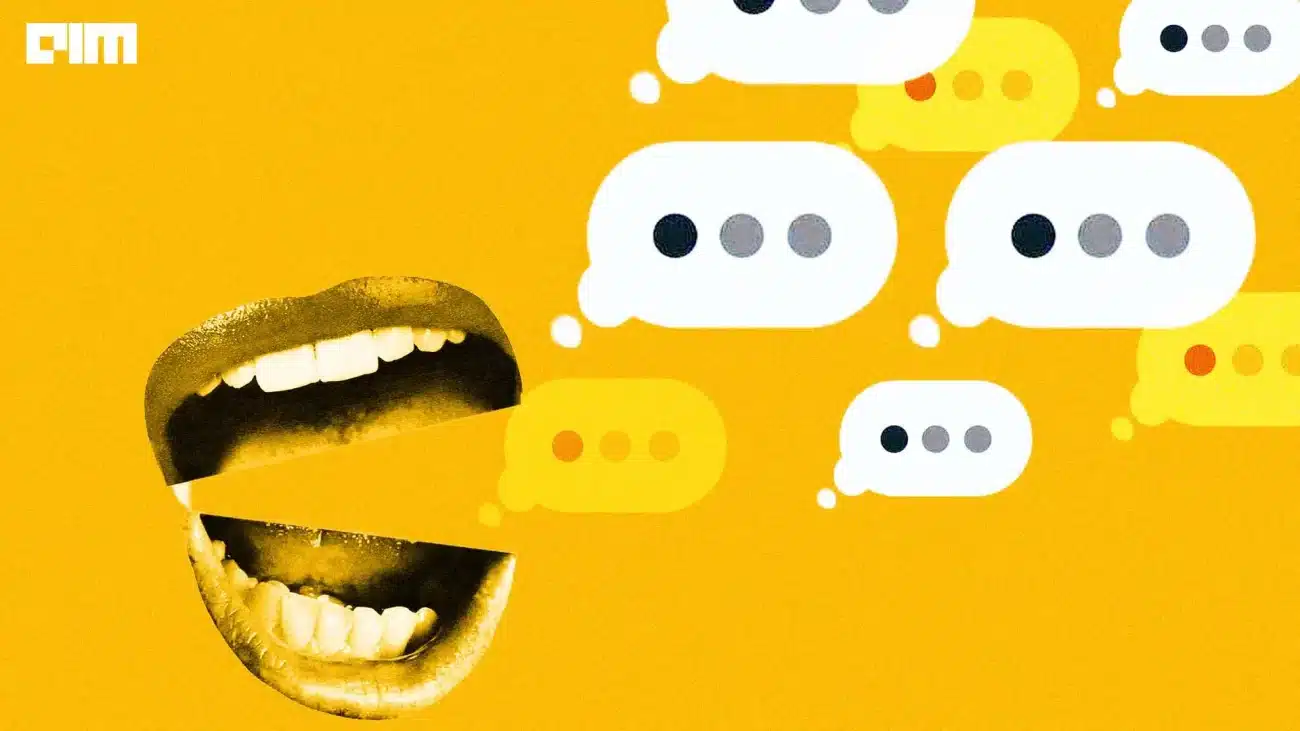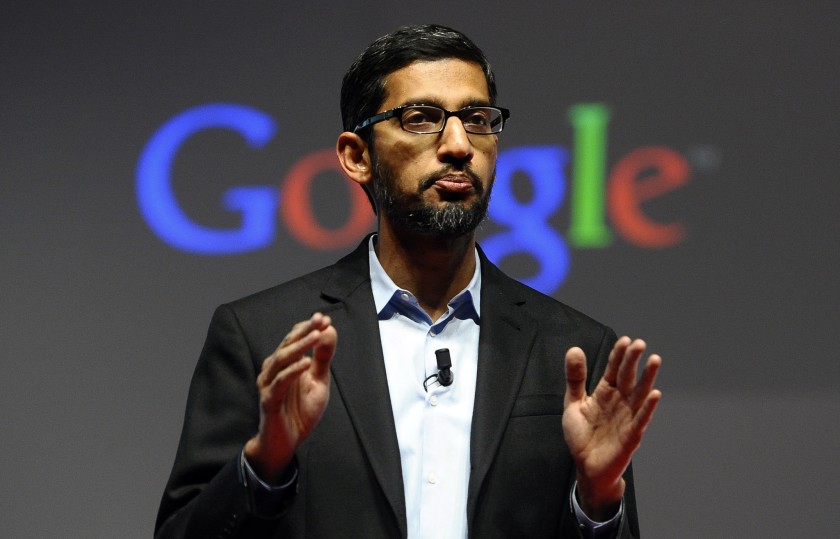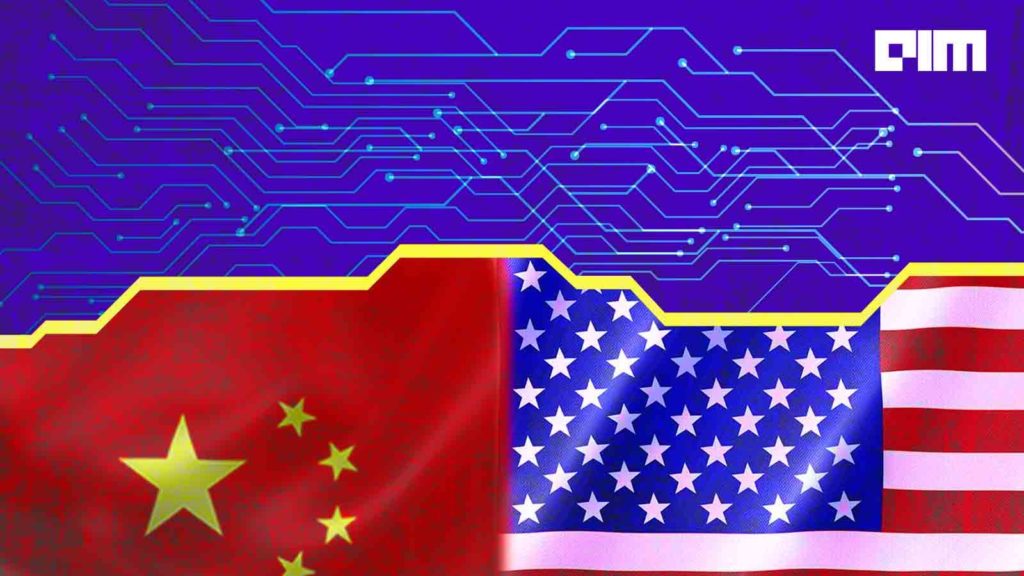Landing AI recently created an AI-enabled social distancing detection tool that aims to help monitor social distancing at the workplace. Founded by computer science pioneer Andrew NG, the startup was created to generate practical AI value for companies worldwide.
With the spread of the pandemic, social distance is one of the effective measures that have proven to flatten the curve. Amidst the lockdown, there are several important sectors such as pharmaceutical, manufacturing, among others, where workers are still required to go to work every day.
This AI tool is developed to complement their efforts, as well as help ensure social distancing protocol in their workplaces. In a blog post, the company said, “Landing AI has developed an AI-enabled social distancing detection tool that can detect if people are keeping a safe distance from each other by analysing real-time video streams from the camera.”
Behind The Tool
The above video has been performed on the Oxford Town Centre dataset. The technical methodology of this tool involves three main steps, which are:
- Calibration
- Detection and
- Measurement.
Calibration
Calibration is the first step of the pipeline, which works by computing the transform, specifically the homography that morphs a perspective view into a bird’s-eye view. In the above video, we can notice an instance of the birds-eye view at the right corner.
In this process, the simplest calibration method involves selecting four points in the perspective view and mapping them to the corners of a rectangle in the bird’s-eye view. The process assumes that every person is standing on the same flat ground plane.
Detection
Detection is the second step of the pipeline that involves applying a pedestrian detector to the perspective views to draw a bounding box around each pedestrian. For this process, the company used an open-source pedestrian detection network based on the Faster R-CNN architecture, non-max suppression (NMS), and various rule-based heuristics. Non-max suppression (NMS) and various rule-based heuristics have been applied to clean up the output bounding boxes.
Measurement
This is the third step of the pipeline, where the (x, y) location of the bounding box for each person has been estimated in the bird’s-eye view. According to the company, the last step is to compute the bird’s eye view distance between every pair of people and scale the distances by the scaling factor estimated from calibration. The people whose distance is below the minimum acceptable distance has been depicted in red, and the rest are coloured as green, and a line is drawn between the people to emphasize this measure.
How The Tool Works
This AI detection tool can be integrated into security camera systems in factories. The tool then starts monitoring the working environment with a few easy calibration steps. According to the company, the detector could highlight people whose distance is below the minimum acceptable distance in red, and draw a line between them to emphasize this. The system will also be able to issue an alert to remind people to keep a safe distance if the protocol is violated.
Similar Case
According to sources, e-commerce giant Amazon has also started to utilise thermal cameras at its warehouses to speed up the screening process of workers who could be infected with COVID-19. The cameras will detect infected workers by measuring how much heat people emit relative to their surroundings.
Wrapping Up
Currently, social distancing is the best tool to help mitigate and fight the coronavirus pandemic. Also, researchers from MIT have developed an AI model that uses data from the COVID-19 pandemic in conjunction with a neural network to determine the efficacy of quarantine measures and better predict the spread of the virus. The AI model suggests that quarantine restrictions, such as social distancing, are successful in getting the effective reproduction number from larger than one to smaller than one.


